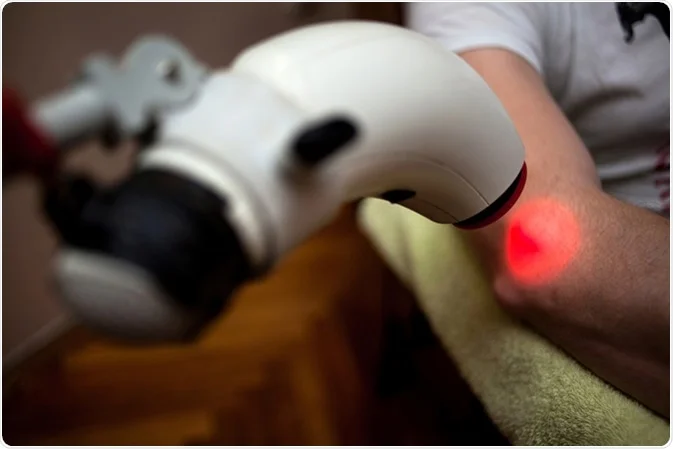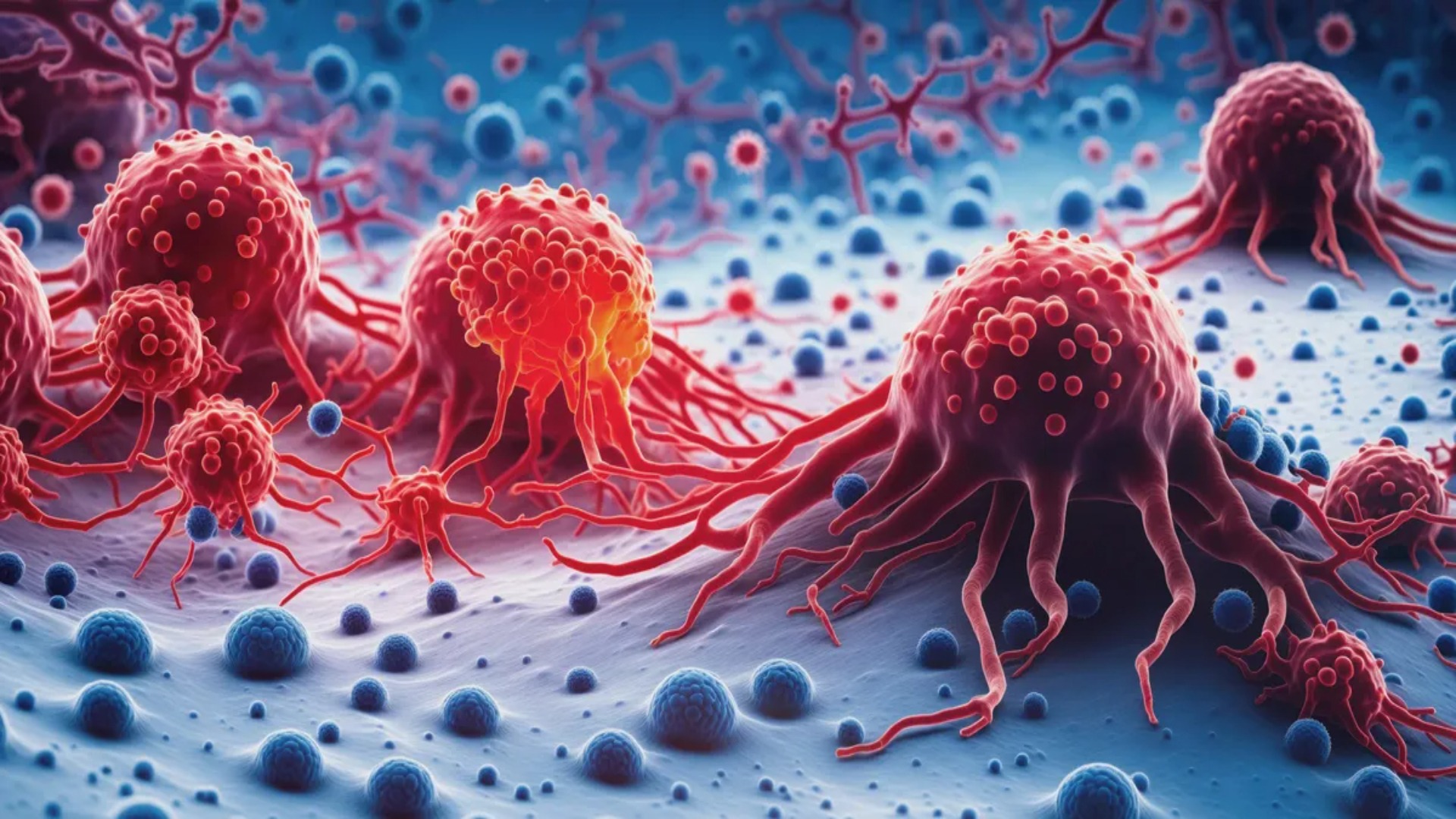Scientists have made a breakthrough in cancer cell destruction using a novel method involving aminocyanine molecules.
By stimulating these molecules with near-infrared light, researchers were able to synchronize their vibrations, which effectively ruptured the membranes of cancer cells.
Aminocyanine molecules, commonly used in bioimaging as synthetic dyes, are known for their stability in water and strong affinity for cell surfaces, making them ideal for detecting cancer in low doses.
The collaborative team from Rice University, Texas A&M University, and the University of Texas introduced this innovative approach, which surpasses previous cancer-killing techniques like Feringa-type motors.
These new molecular machines, referred to as “molecular jackhammers,” operate over a million times faster in mechanical motion than their predecessors and respond to near-infrared light rather than visible light.
The use of near-infrared light is particularly advantageous as it penetrates deeper into body tissues, potentially offering non-surgical treatment options for cancers located in bones and organs.
In laboratory tests on cultured cancer cells, the molecular jackhammer method demonstrated a remarkable 99 percent success rate in destroying the cells.

The approach was further validated in mice with melanoma tumors, where half of the animals achieved complete remission.
The unique structure and chemical properties of aminocyanine molecules enable them to synchronize with specific stimuli, such as near-infrared light.
This synchronization induces molecular vibrations, generating plasmons that drive mechanical actions across the entire molecule.
Chemist Ciceron Ayala-Orozco from Rice University emphasized the significance of this discovery, noting that it represents the first application of molecular plasmons to excite entire molecules for mechanical actions aimed at rupturing cancer cell membranes.
The study highlights the effectiveness of these molecular plasmons in linking aminocyanine molecules to cancer cell membranes and disrupting them through vibrational movements.
While early, these findings hold promise for advancing cancer treatment with a biomechanical approach that may be difficult for cancer cells to counteract.
Ayala-Orozco further underscored the study’s focus on leveraging mechanical forces at the molecular level for cancer treatment, signaling a potentially transformative shift in therapeutic strategies.
